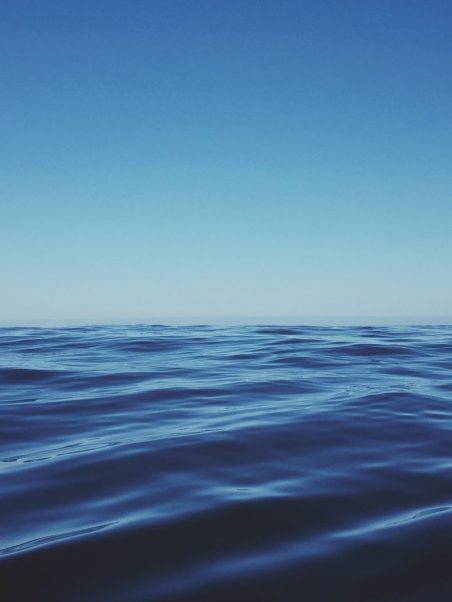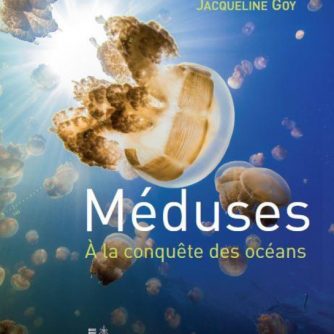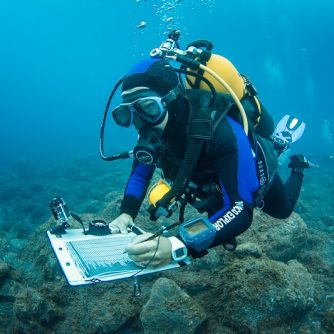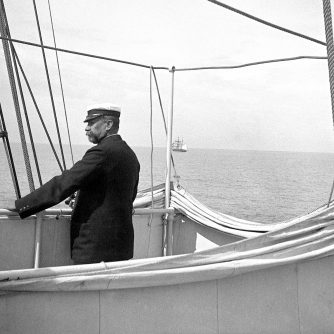Which sea turtles live in the Mediterranean?
- Accueil
- Actualités
- Which sea turtles live in the Mediterranean?
The Mediterranean has a total of 46,000 km of coastline and represents 1% of the total surface area of the oceans. It is renowned as a hotspot for global biodiversity, and bears host to six of the seven species of sea turtle that live on our planet. Keeping up to date with research on these marine reptiles helps us find out more about them and protect them better.
The six species present in the Mediterranean
The loggerhead turtle is the most common, followed by the green turtle and then the leatherback turtle, famed for being the largest turtle in the world. Kemp’s turtle, which is rarer, was spotted for the seventh time in 2015, and the hawksbill turtle has been observed only six times to date.
In 2014, in Oropesa del Mar (Spain), a turtle washed up on the shore was formally identified. It was an olive ridley turtle (Lepidochelys olivacea). In total, no fewer than six of the seven species of sea turtles existing on Earth are present in the Mediterranean.
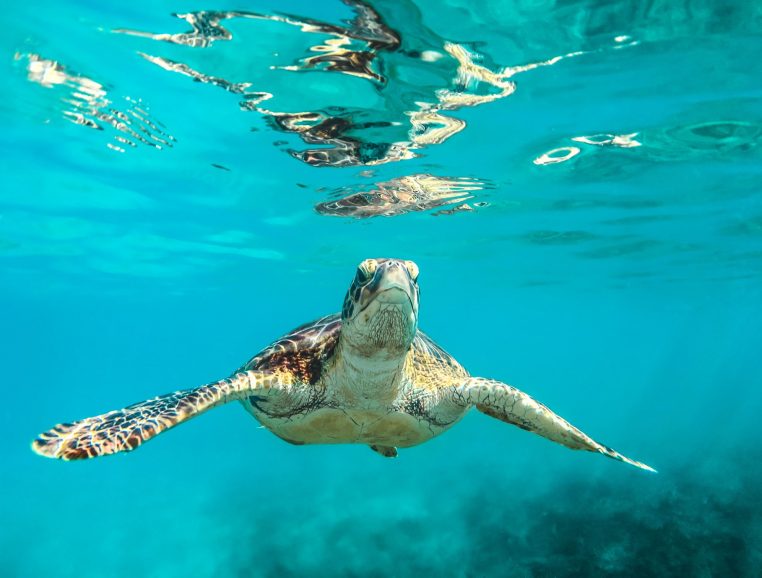
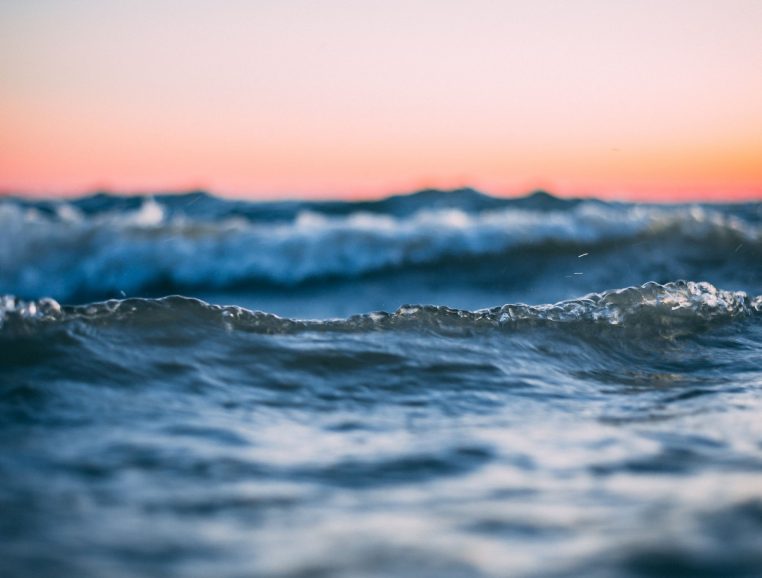
An uneven geographical distribution
Loggerhead, green and leatherback turtles are found across the Mediterranean but their distribution is uneven depending on the species and the time of year.
The loggerhead occupies the entire basin but appears more abundant in the western part, from the Alboran Sea to the Balearic Islands. It is also found off the coast of Libya, Egypt and Turkey. The green turtle is found more in the east, in the Levantine Basin. It also appears in the Adriatic Sea and, less frequently, in the western part of the Mediterranean. The leatherback is observed throughout the basin, with a more pronounced presence in the Tyrrhenian Sea, the Aegean Sea and around the Strait of Sicily.
Only two species breed in the the Mediterranean
The loggerhead turtle and the green turtle are the only species that breed in the Mediterranean, especially in the eastern part. The laying sites for loggerheads are located in Greece, Turkey, Libya, Tunisia, Cyprus and the south of Italy. A few clutches have also been spotted further west, in Catalonia (Spain) and in Saint-Tropez in France, where the most northerly clutch for the species was recorded (Olivier, 2006).
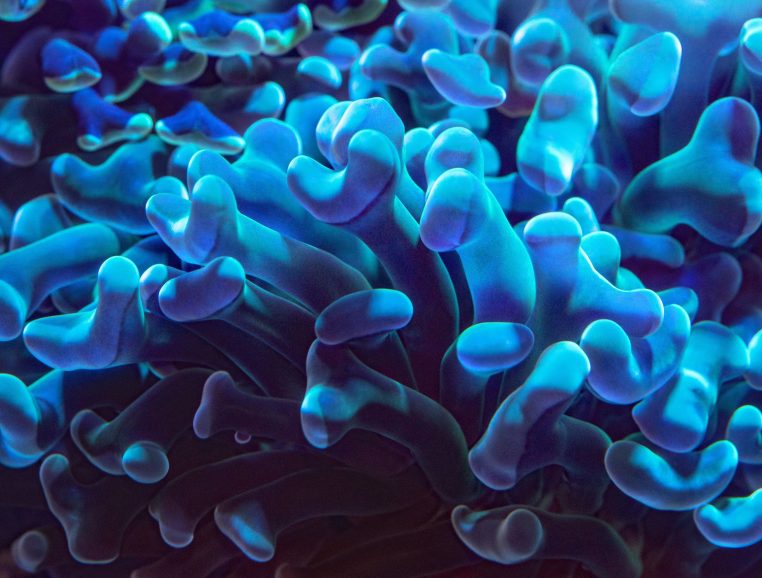

‘Homing’, the innate ability to return home
Research and analysis have proven that not all loggerhead turtles observed in the Mediterranean were born in the basin. Almost half of them, 45-47%, were born in the north-west Atlantic, in Florida, Georgia and Virginia, or in the east, in Cap Verde; they then came to lay their eggs in the Mediterranean.
Years later, they can find the place of their birth. This innate ability in certain animals to cover large distances to return to where they were born is known as ‘homing’.
A migration towards America uncovered in 2012
The migration of turtles from the Mediterranean towards the United States was established in 2012 thanks to a specimen tagged on the island of Lampedusa (Italy) in 2008. It was not until four years later that the turtle was found dead on the shores of Massachusetts. This event confirms the very pronounced migratory nature of turtles.
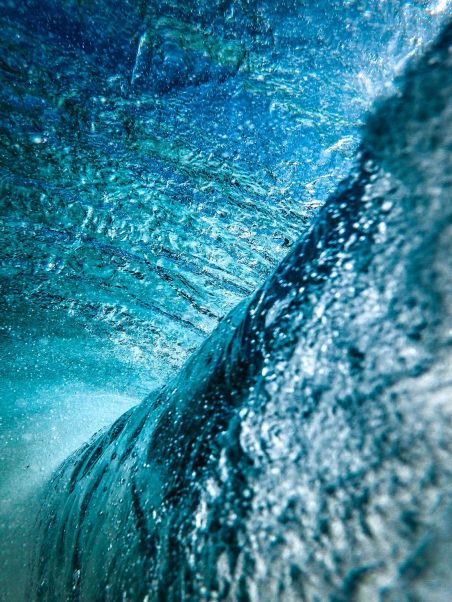
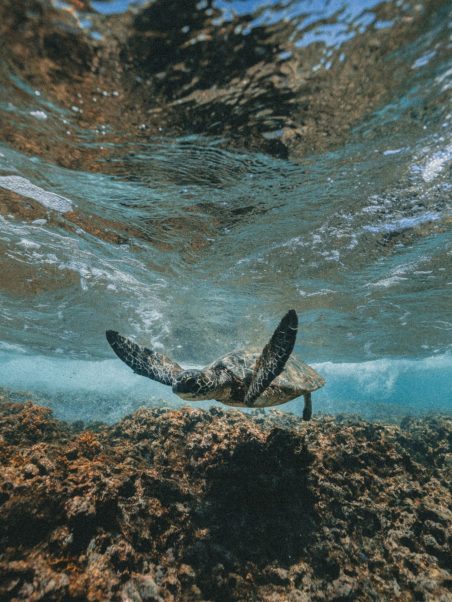
Poor genetic mixing for loggerheads
Click on the ‘change’ button to modify the text. Lorem ipsum dolor sit amet, consectetur adipiscing elit. Ut elit tellus, luctus nec ullamcorper mattis. Over half of loggerhead species are born in the Mediterranean. There are thus two genetically different populations: one in America and the other in the Mediterranean basin.
These two populations are characterised by low genetic mixing. As for green turtles, all green turtles present in the Mediterranean were born there and form a genetically isolated population, with no connection to the other populations of the same species living elsewhere in the world.
A clutch on a beach in Var for the first time
In summer 2016, a loggerhead turtle came ashore to lay its eggs on a beach in Var. A few newborns were able to reach the Mediterranean, thanks to close surveillance of the clutch. Allowing an animal to reach adulthood and to reproduce is one of the actions that people can take to save the turtles. Once this is done, all that is left is to wish them a good migration, wherever their instinct and the tides will take them.
